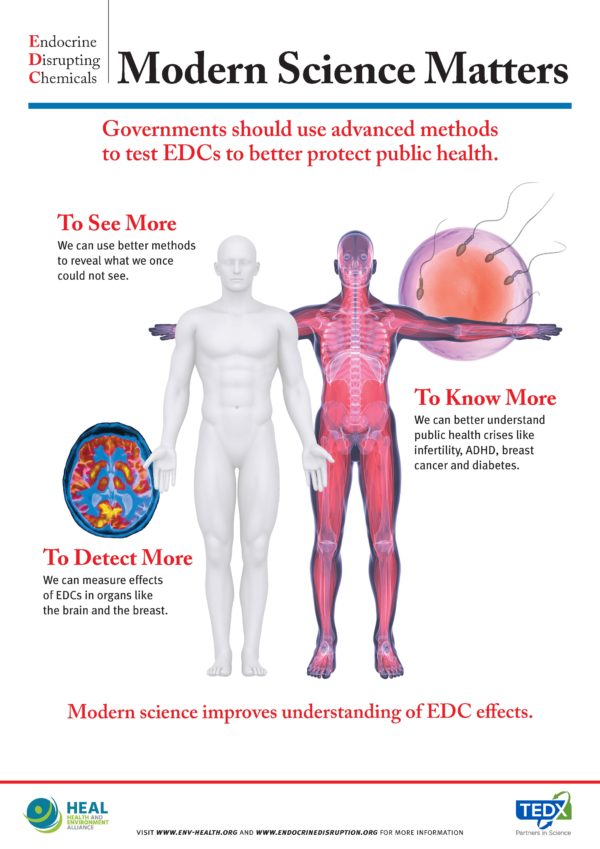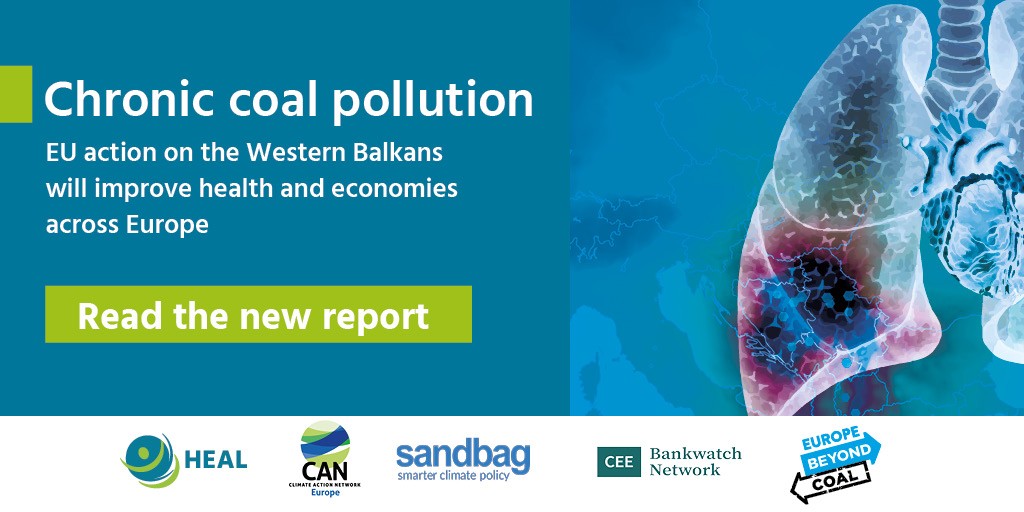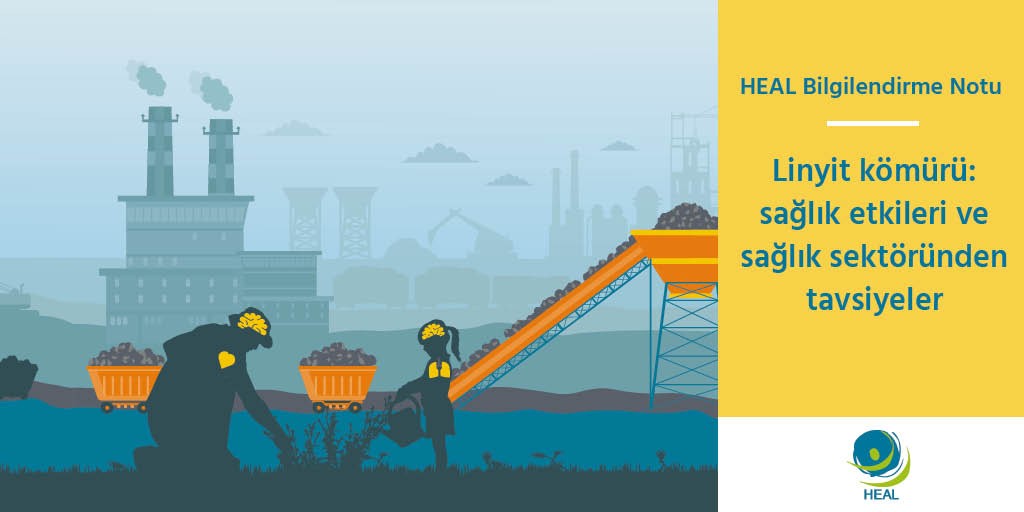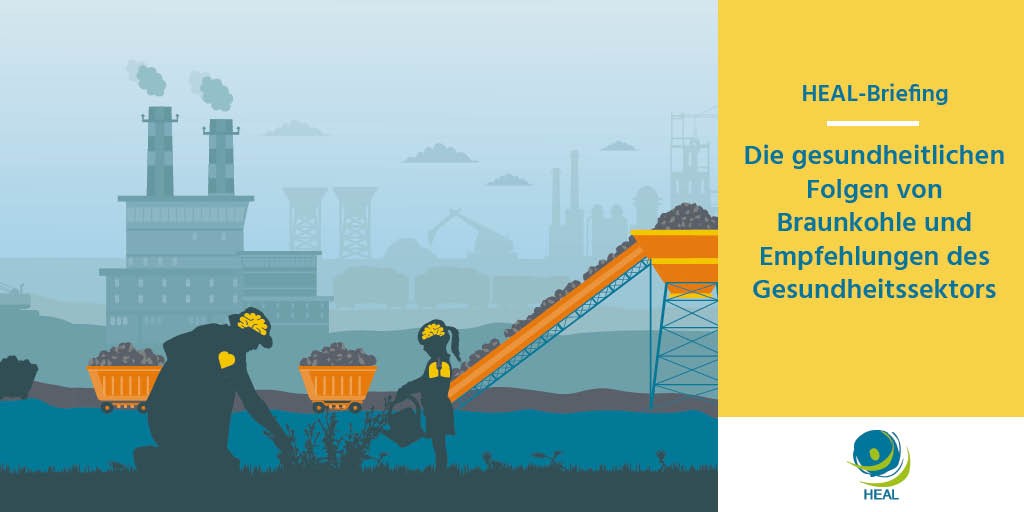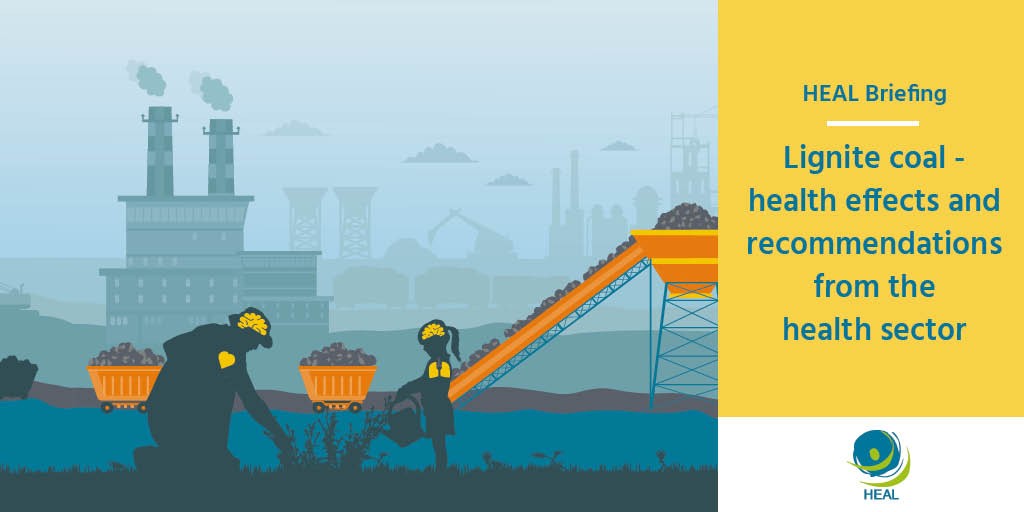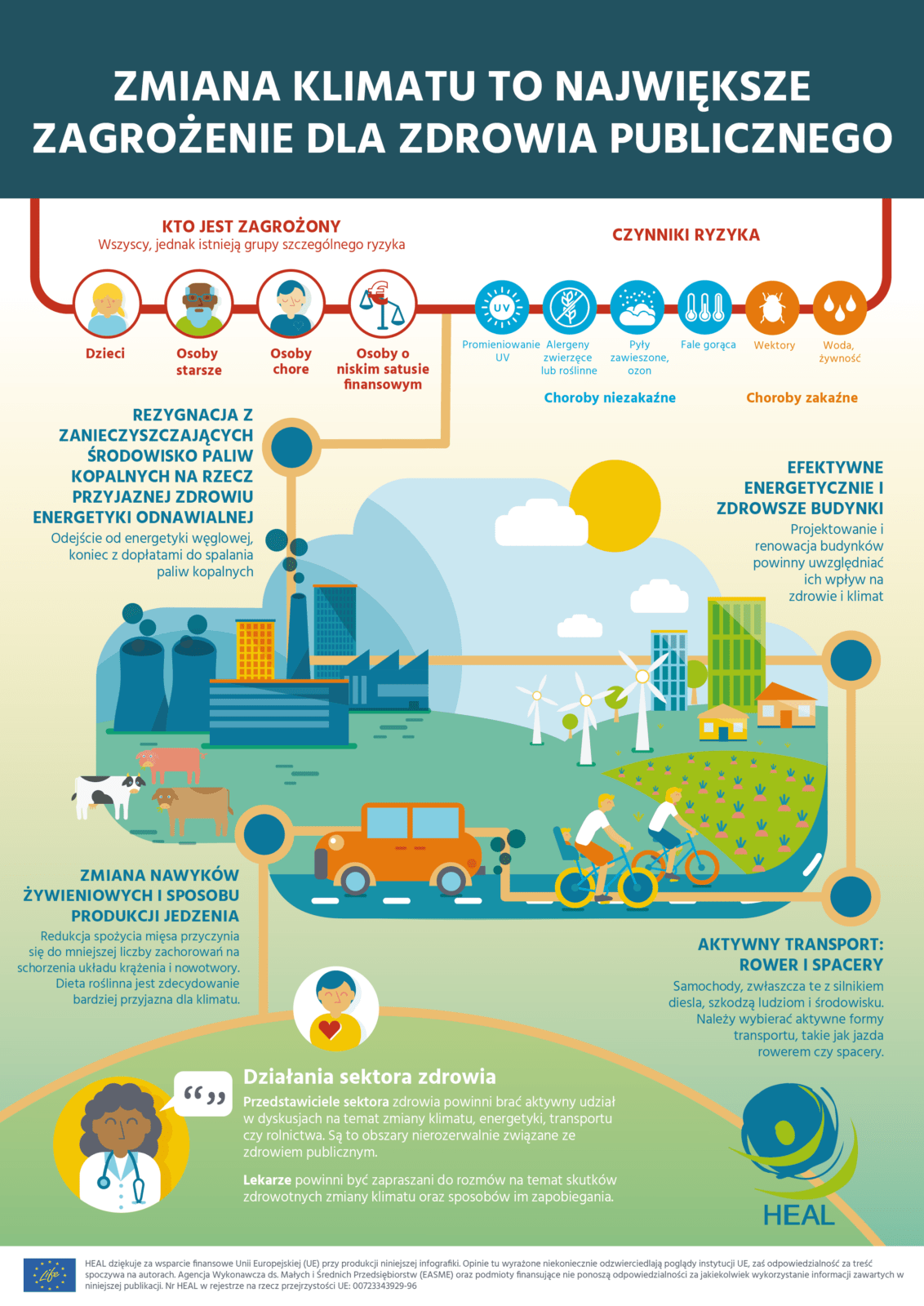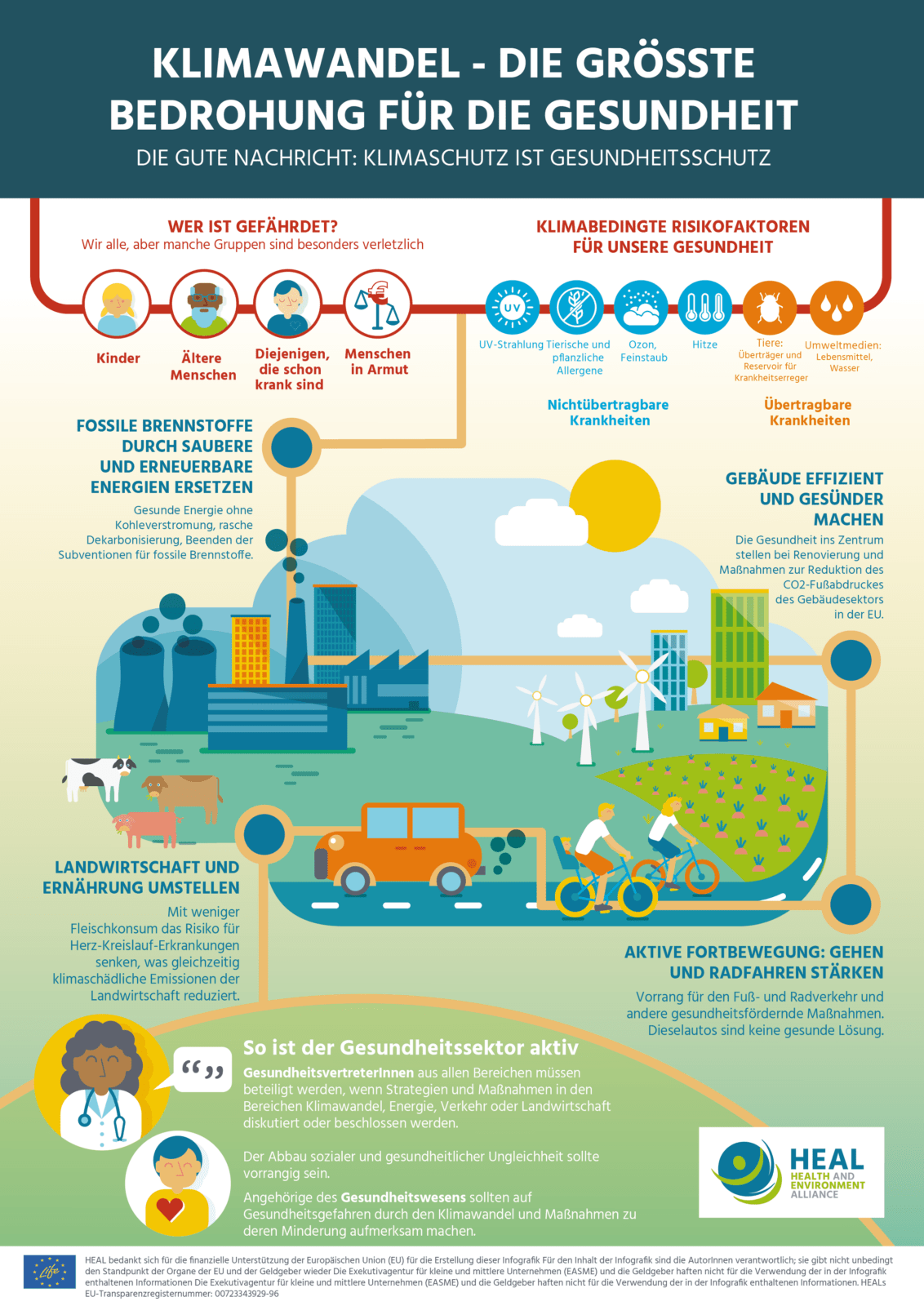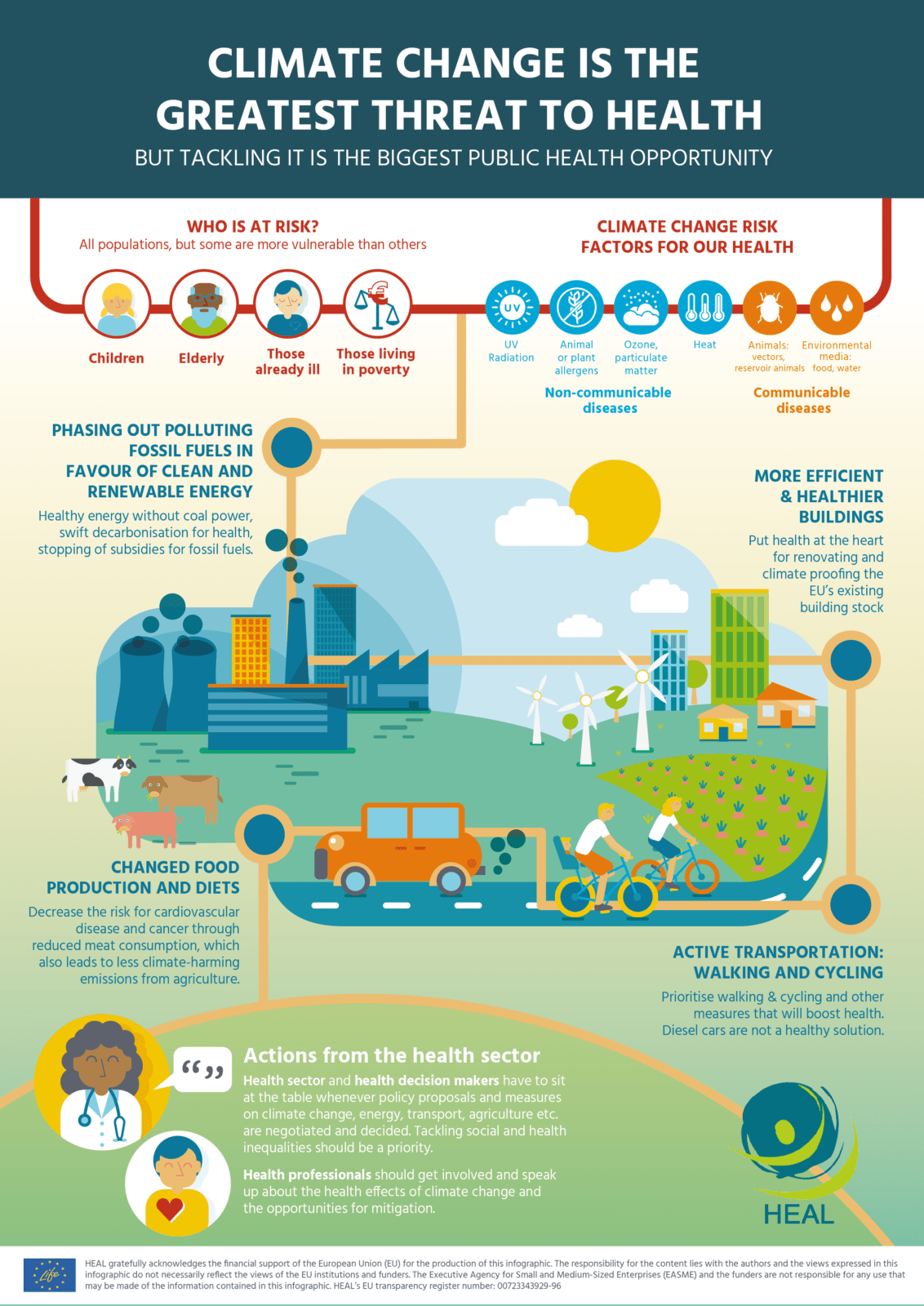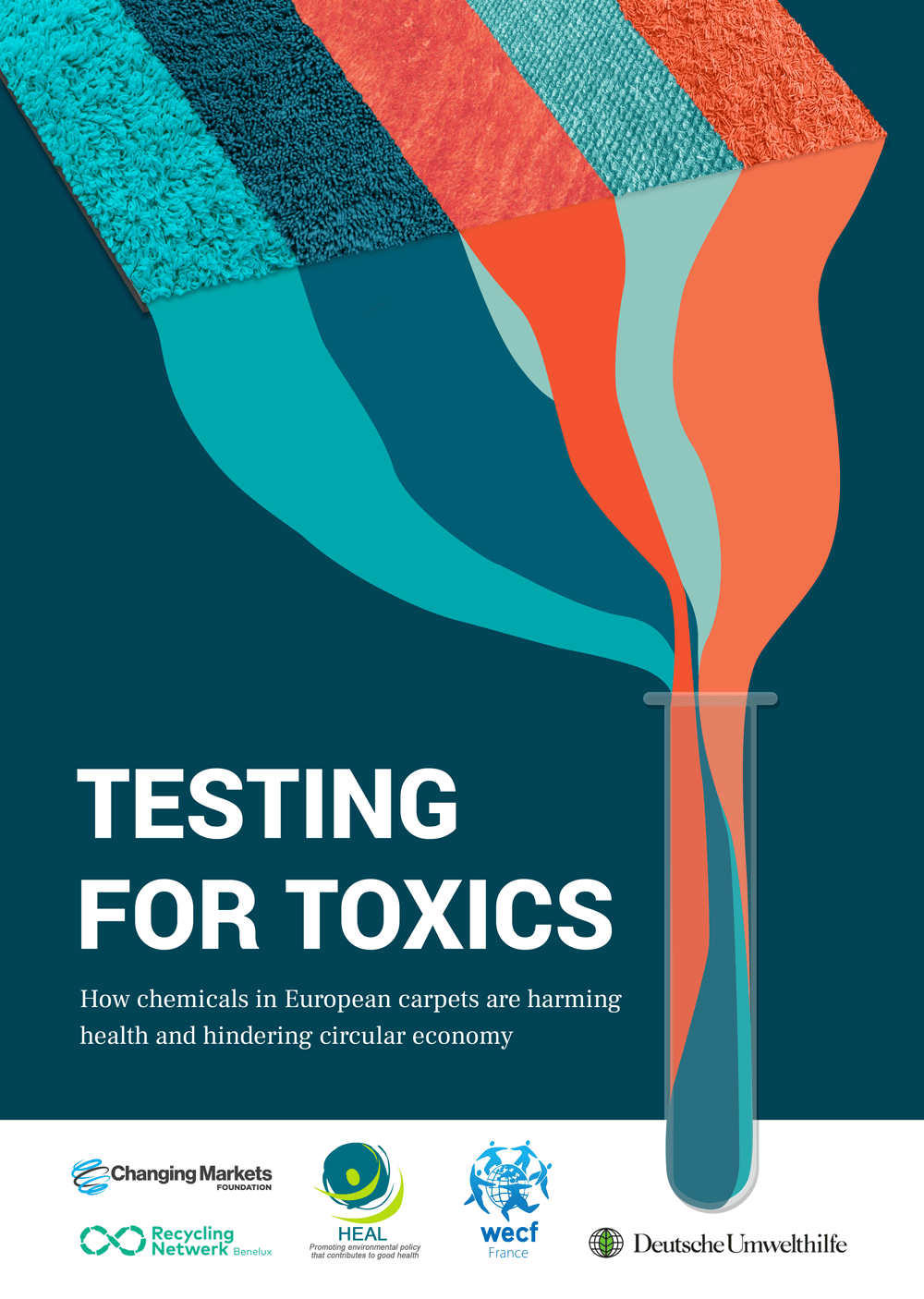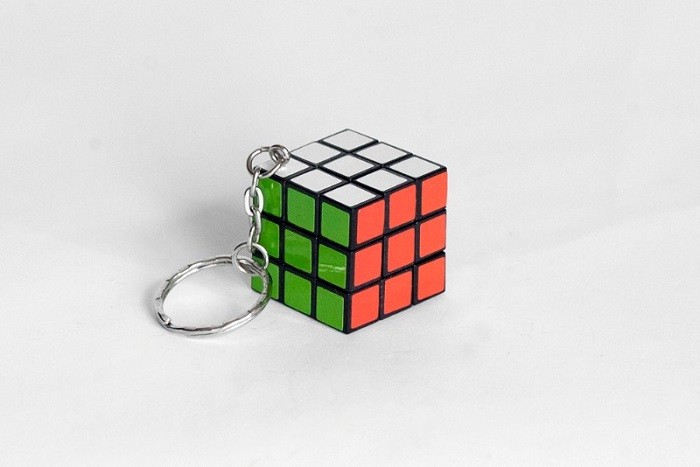Infographic – More Than One Potency
The potency of endocrine disrupting chemicals (EDCs) depends on which organs you measure and how. An EDC does not have a single potency, so it should not be used for…
Infographic – Modern Science Matters
Modern science matters. That’s why HEAL partnered with TEDX - The Endocrine Disruption Exchange to help you understand how modern science improves our understanding of endocrine disrupting chemicals (EDCs).
Infographic – Low Doses Matter
A picture says a thousand words. That’s why the Health and Environment Alliance (HEAL) partnered with TEDX – The Endocrine Disruption Exchange to reduce complex scientific concepts surrounding endocrine disruptors.
HEAL’s response to French consultation on draft national action plan on endocrine disruptors
France’s initiative to update its national action plan on endocrine disrupting chemicals (EDCs) can be an inspiring driver for European action towards the reduction of exposure to toxic chemicals and…
Toxic Soup: Dioxins in Plastic Toys
A new study, "Toxic Soup: Dioxins in Plastic Toys", shows alarming levels of very toxic brominated dioxins in eight toys and one hair clip made of recycled plastic stemming from electronic waste.
Toxic chemicals found in carpets sold by major European manufacturers
New research has found toxic chemicals in carpets produced and sold by some of the largest carpet manufacturers on the European market. These chemicals include suspected carcinogens, endocrine disruptors and…
European Study Exposing Toxic E-Waste Chemicals in Children’s Products Spurs Calls for Policy to End Recycling Exemptions for Hazardous Waste
Environmental health researchers released alarming evidence today that toxic brominated flame retardants, hazardous chemicals from electronic waste that are known to disrupt thyroid function and cause neurological and attention deficits in children, are contaminating recycled plastics in consumer products across Europe.



